Pneumatic Jack Lift for Large Garden Pots?
westes Zone 9b California SF Bay
6 years ago
Featured Answer
Sort by:Oldest
Comments (40)
westes Zone 9b California SF Bay
6 years agoRelated Professionals
Kenmore Landscape Architects & Landscape Designers · Wake Forest Landscape Contractors · Canby Landscape Contractors · Concord Landscape Contractors · Galt Landscape Contractors · Milton Landscape Contractors · Paramount Landscape Contractors · San Rafael Landscape Contractors · University City Landscape Contractors · Waldorf Landscape Contractors · West Chicago Landscape Contractors · Fort Collins Decks, Patios & Outdoor Enclosures · Lebanon Decks, Patios & Outdoor Enclosures · Spanish Springs Home Builders · Walker Mill Home BuildersUser
6 years agolast modified: 6 years agowestes Zone 9b California SF Bay
6 years agowestes Zone 9b California SF Bay
6 years agolast modified: 6 years agowestes Zone 9b California SF Bay
6 years agowestes Zone 9b California SF Bay
6 years agowestes Zone 9b California SF Bay
6 years agolast modified: 6 years agowestes Zone 9b California SF Bay
6 years agolast modified: 6 years agowestes Zone 9b California SF Bay
6 years agolast modified: 6 years agowestes Zone 9b California SF Bay
6 years agowestes Zone 9b California SF Bay
6 years agowestes Zone 9b California SF Bay
6 years agolast modified: 6 years agowestes Zone 9b California SF Bay
6 years agowestes Zone 9b California SF Bay
6 years agowestes Zone 9b California SF Bay
6 years agowestes Zone 9b California SF Bay
6 years agowestes Zone 9b California SF Bay
6 years agowestes Zone 9b California SF Bay
6 years agoRedDogsCrafts
6 years agolast modified: 6 years agowestes Zone 9b California SF Bay thanked RedDogsCraftswestes Zone 9b California SF Bay
6 years ago
Related Stories

CONTAINER GARDENSSolve Your Garden Border Dilemmas With Planted Pots
Set your containers free from the patio — placed among plantings in the ground, they fill unsightly gaps, let you experiment and more
Full Story
CONTAINER GARDENSContainer Garden Basics: How and When to Water Potted Plants
Confused about soil moisture, the best time to water and what watering device to use? This guide can help
Full Story
GARDENING GUIDES11 Perfect Plants for a Moonlit Garden — in Pots
Create an alluring after-dark aura on a patio or deck with container plants that glow white under the stars
Full Story
INSPIRING GARDENSA Scented Garden Designed to Lift the Spirit
From savory fennel to chocolaty mint, the unexpected scents in this feel-good landscape can evoke happy memories
Full Story
PLANTING IDEAS3 Color Palettes to Help Set Your Garden’s Mood
Select plants in these color combinations to create an outdoor space that’s cheerful, energizing or calming
Full Story
PLANTING IDEASFerns: A Shade Gardener’s Best Friend
Bring rich texture and contrast to a dark woodland landscape with wonderfully diverse ferns
Full Story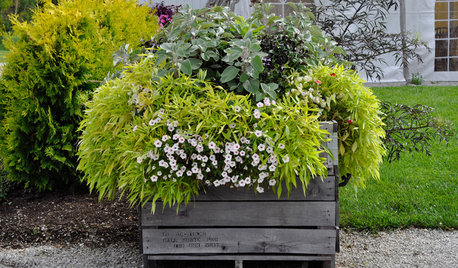
GARDENING 101This Pro Tip Will Save You Money on Your Container Garden
For large planters, use empty milk cartons or plastic bottles to fill extra space before putting in potting soil
Full Story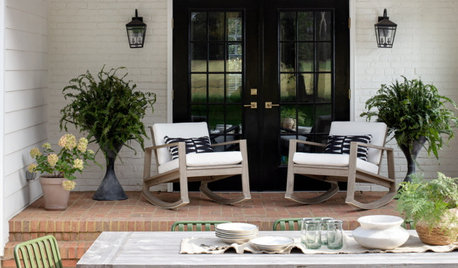
SUMMER GARDENINGHow to Water and Refresh Your Potted Plants Over the Summer
Keep container gardens looking lush by cooling them down when temperatures rise and by giving them a seasonal spruce-up
Full Story
HOUSEPLANTSOutsmart Winter — Make Houseplants of Your Garden Growers
No need to watch Jack Frost play Wreck the Rosemary. Bring your garden inside for the winter, using containers and these guidelines
Full Story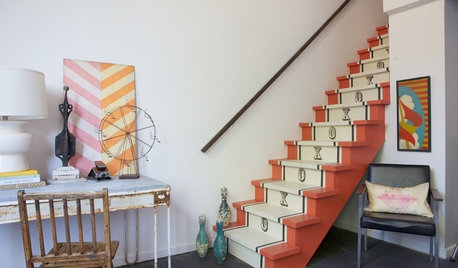
GREAT HOME PROJECTS10 Home and Garden Projects to Start in Late Winter
Ease out of hibernation and get a jump on spring projects large and small
Full StorySponsored
Columbus Area's Luxury Design Build Firm | 17x Best of Houzz Winner!
More Discussions






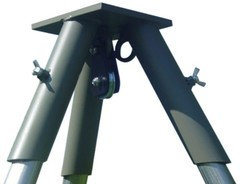

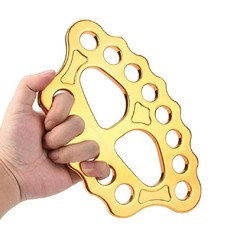
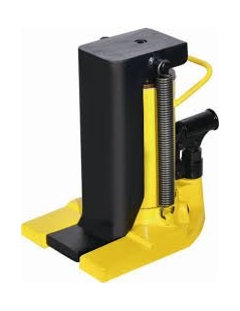
300ft_anin